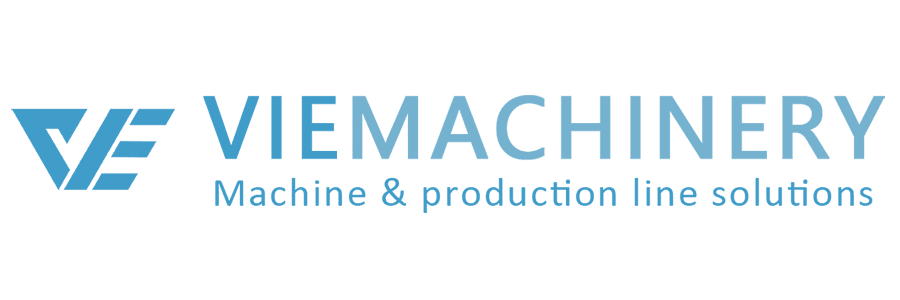Slitting and rewinding machines are essential tools for converting large rolls of materials into smaller, more manageable ones. They are widely used in industries such as paper, plastic, foil, and thermal paper processing. Below is an optimized overview of various types, applications.
Types of Slitting & Rewinding Machines
Vertical and Horizontal Slitting Machines
- Vertical Slitting Machines: Compact design for precision slitting, ideal for narrow-width materials.
- Horizontal Slitting Machines: Handle wider rolls and support high-speed operations, making them suitable for large-scale production.
Surface Center Slitting Machines
- Utilize surface winding techniques for uniform tension control, making them suitable for paper and film processing.
Duplex Winding Slitter Rewinder
- Features dual rewind shafts for simultaneous multiple roll processing.
- Independent tension control ensures consistent slitting results.
Turret Slitter Rewinder
- Equipped with a rotating turret for seamless changeovers.
- Reduces downtime and increases productivity.
Individual Arm Slitter Rewinder
- Used for initial slitting and rewinding in industries like film production.
- Each arm has an independent motor for precise tension control.
Narrow Web Slitter Rewinder
- Designed for compact operations and reprocessing unqualified rolls.
- Cantilevered shafts facilitate easy loading and unloading.
Spooling Slitter Rewinder
- Ideal for adhesive/non-adhesive materials requiring long running lengths.
- Modular design enables expansion with additional spooling heads.
Thermal Paper Slitting Machines
- Specialized for slitting thermal paper rolls with precision.
- Features like banana rollers and high-speed cutting systems enhance efficiency.
Applications of Slitting & Rewinding Machines
- Paper Industry: Thermal paper, ATM POS rolls, kraft paper slitting.
- Plastic Film: Stretch film, cling film, LLDPE film processing.
- Foil Industry: Metal foil slitting for packaging and industrial applications.
- Flexible Packaging: Converting large rolls into smaller ones for food and product packaging.
Slitting Techniques
- Razor Slitting: Best for thin plastic films.
- Rotary Shear Slitting: Ideal for paper, films, and foils.
- Crush Cut Slitting: Suitable for non-wovens and foams.
- Hot Knife Slitting: Seals edges while cutting to prevent fraying.
Modern machines integrate advanced features like differential rewind shafts and closed-loop tension control systems to ensure precision and efficiency.
Frequently Asked Questions (FAQ)
What considerations are important when choosing a slitter rewinder?
- Material type and thickness: Consider paper, foil, non-wovens, and film.
- Roll width and diameter: Match the machine’s capabilities to production needs.
- Automation features: Tension control, auto knife positioning, and web guiding systems enhance efficiency.
What additional features can enhance slitter rewinders?
- Automatic core loading/unloading systems.
- Integrated quality inspection with camera systems.
- Auto knife positioning and electric-driven web threading.
- Finished roll handling devices (e.g., labeling, wrapping).
What materials and sizes do vertical and horizontal slitting machines handle?
| Feature | Vertical Slitting Machines | Horizontal Slitting Machines |
|---|---|---|
| Materials | Paper, plastic films (PE, PET, PVC), aluminum foil | Foam, rubber, steel coils |
| Sizes | Width: 20 mm – 1300 mm; Thickness: 0.01 mm – 0.06 mm (films) | Foam thickness: 1 mm – 200 mm; Steel width: 500 mm – 1600 mm, thickness: 0.6 mm – 3 mm |
| Applications | Paper, film, tape, fabric industries | Foam, rubber, steel processing |
Vertical slitting machines are best for lighter, flexible materials, whereas horizontal machines are more suited for thick, rigid materials.
What are the main differences between duplex winding and surface winding slitter rewinders?
| Feature | Duplex Winding | Surface Winding |
| Driving Mechanism | Center or center-surface winding | Outer diameter-driven by surface drum |
| Number of Rewind Shafts | Two | None |
| Material Types | Films, pressure-sensitive materials | Textiles, paper, nonwoven fabrics |
| Roll Diameter Capacity | Moderate | Large |
| Applications | Narrow-width slitting | Wide-width heavy rolls |
Duplex winders provide precise tension control for multiple rolls, while surface winders support large-diameter rolls with minimal stress on the core.
By optimizing your choice of slitting and rewinding machines based on material type, application, and automation features, manufacturers can improve efficiency and product quality.


A very interesting and informative read! This site consistently
shares high-quality and useful articles.